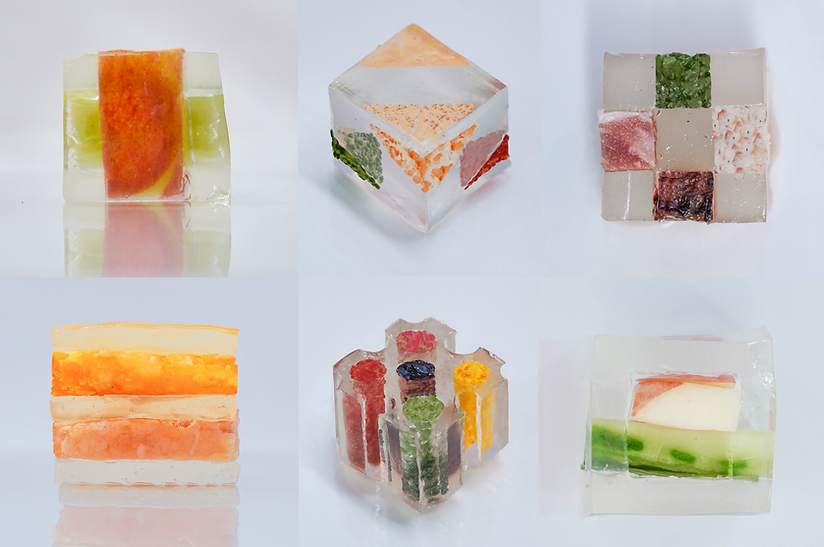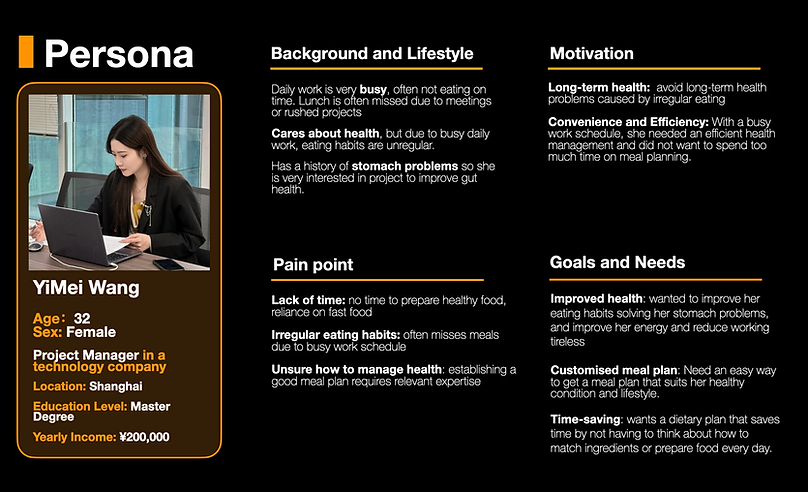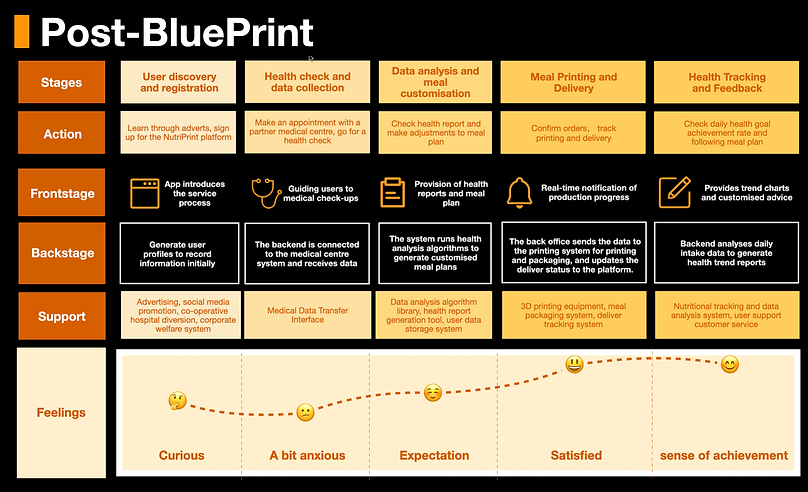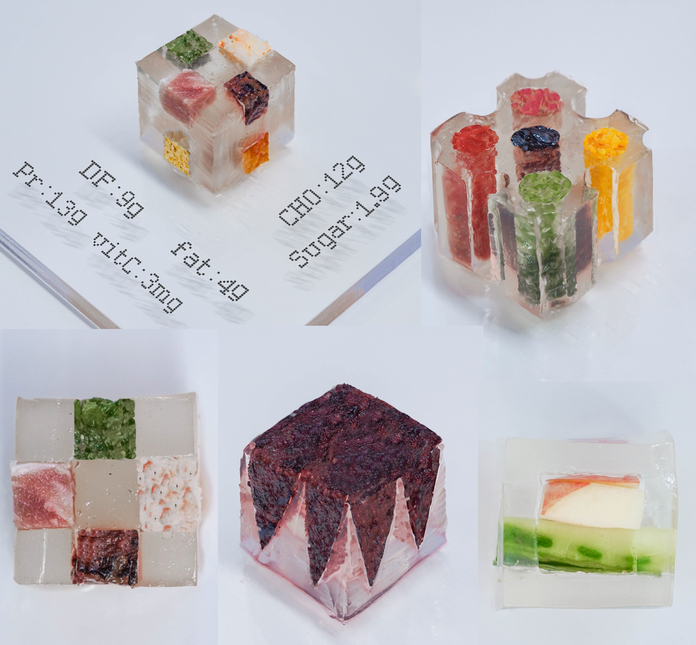Nutriprint
background and goal
NutriPrint is a sustainable dietary service design project focusing on gut health, aiming to improve the sub-health problems caused by the fast-paced life of modern people through a scientifically customised diet. Focusing on the connection between intestinal flora and dietary fibre, and taking into account global dietary patterns (e.g. Mediterranean diet, Japanese diet), the project proposes to create dietary fibre-rich ‘NutriCubes’ through 3D printing technology, which can help users to balance their nutritional intake, optimise the structure of intestinal flora, and reduce the risk of chronic diseases. The target users are high-pressure white-collar groups, solving their pain points of irregular diet, nutritional imbalance and insufficient time for health management.

Key solutions
The project achieves personalised health management through data-driven and technology integration:
Health data analysis: Users upload health data (e.g. gut flora test reports) and the platform generates customised meal plans through algorithms.
3D printing technology: Dietary fibre (e.g. seaweed extract) is combined with nutrients and printed into easy-to-carry gel ‘nutrition cubes’, ensuring that each meal contains 50% dietary fibre and 50% basic nutrients.
Sustainable design: Eco-friendly materials and biodegradable packaging are used to reduce carbon footprint.
Optimised user interaction: The improved platform provides intuitive health trend charts and risk alerts to enhance user experience and compliance.


design process


1、Research and analysis: Through global dietary structure comparison and intestinal flora metabolism research, dietary fibre is identified as a key intervention point.
2、User centre design: create user profiles (e.g. Yimei Wang, project manager of Shanghai Technology Corporation), deep-dive into needs and pain points, and design the end-to-end service process (health testing → data analysis → 3D printing → tracking feedback).
3、Technology landing: Integrate medical data interface, nutritional algorithm library and 3D printing equipment to achieve seamless connection from data to physical objects.
4、Iterative optimisation: Based on user feedback (e.g. Japanese engineer Hayashi's preference for food forms), optimise the product form into a fun ‘food cube’, simplify the interaction interface, and enhance data visualisation.
impact
Health Improvement: User feedback on gut problem relief and energy boost.
Efficiency Improvement: 90% of meal preparation time is saved to meet fast-paced demands.
Sustainable value: driving the use of plant-based materials and reducing food waste.
Ultimately, NutriPrint is not just a dietary solution, but an innovative health management model that combines bioscience, data technology and service design.
